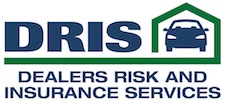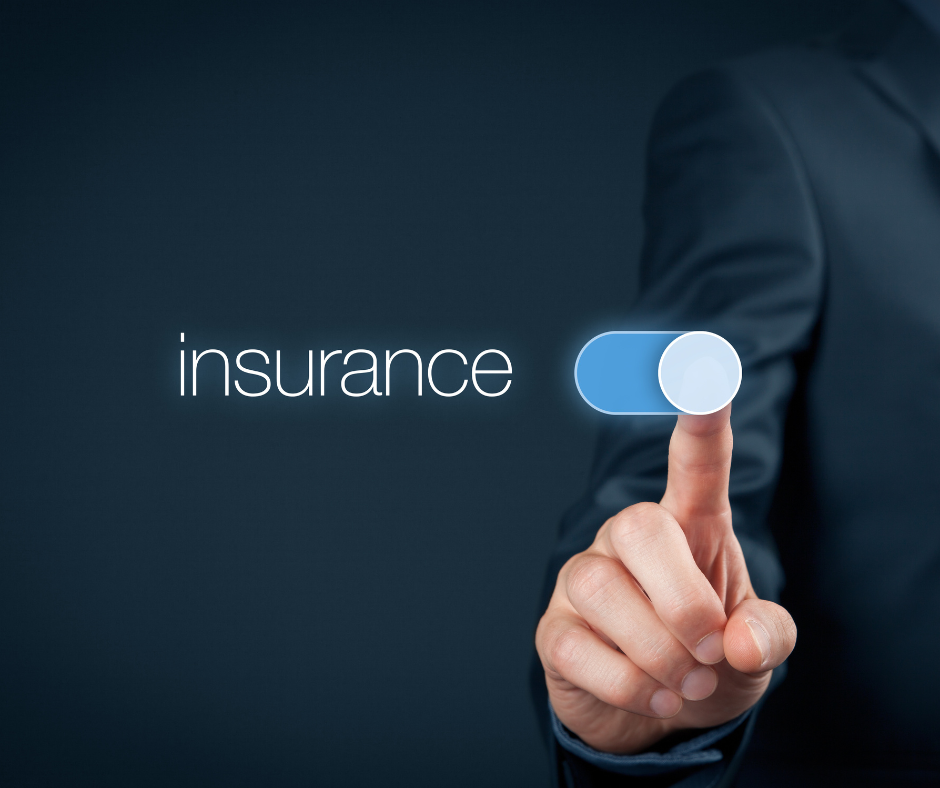Vehicle crashes into buildings can result in severe property damage, which can lead to expensive repairs and business interruptions. In a worst-case scenario, such accidents can cause injuries or even fatalities. As a business owner, it is crucial to take proactive measures to protect your property from these incidents. This article aims to help you understand how to evaluate the risk of vehicle accidents to your property, implement protective measures, ensure regular maintenance and testing of barriers, and educate and train occupants to safeguard your business.
Assessing the Risk
Assessing the risk associated with your building is a critical first step in developing an effective safety strategy for business owners. This process involves a comprehensive evaluation of various factors that could pose potential risks to your property. Key factors to consider include the following:
- Building design—Identify potential vulnerabilities and areas where vehicles could pose a threat by examining the building’s design and layout. Look for weak and vulnerable building materials such as large windows or glass facades, unreinforced masonry or lightweight construction. Also, check for inadequate visibility caused by landscaping or other obstructions blocking the view of the building from the road as well as inadequate signage indicating the proximity of the building to the road.
- Proximity to roads—To minimize the risk of vehicle crashes, consider the proximity of your building to nearby roads, streets and highways. Evaluate the distance between your building and the road and the type of road. Buildings near busy roads or intersections face a higher risk of accidents. Assess the traffic volume and research historical accident data for your area.
- Proximity to parking lots—Buildings near parking lots or garages where vehicles frequently move in and out are at an increased risk. Drivers are frequently required to maneuver their vehicles in tight spaces, increasing the risk of misjudging distances or making mistakes.
- Traffic patterns—Consider the traffic patterns around your property. Watch out for intersections, sharp curves or turns and nearby school zones or pedestrian areas. These areas tend to have a higher incidence of accidents.
- Building use—The type of business or activity conducted can affect the risk level of your building. Factors to consider include foot traffic, property visibility and proximity to potential hazards (e.g., gas stations and intersections).
Implementing Protective Measures
To safeguard your building against vehicle crashes, you have various options at your disposal. Each choice comes with its own set of benefits, and its appropriateness depends on your specific needs and preferences. Examples of protective measures include the following:
- Bollards—Vertical bollards, which are made of steel, concrete or plastic, can be fixed or removable. They provide a reliable way to redirect or halt vehicles from colliding with buildings and pedestrians.
- Concrete barriers—Concrete barriers are highly effective at preventing vehicles from crashing into your building and can be used for temporary or permanent protection due to their durability and weight.
- Planters and decorative barriers—If aesthetics is a concern, you can select decorative planters or barriers that blend with your property for both beauty and protection.
- Fencing—Heavy-duty fencing can provide a level of protection. Combining heavy-duty fencing with bollards or barriers is even better, as it can provide an extra layer of security.
- Appropriate parking—Parking spaces situated directly in front of buildings can present a substantial risk. One of the most prevalent reasons for storefront crashes is pedal error. Consequently, it is advisable to minimize the presence of parking spaces near your building to reduce the likelihood of these incidents.
Maintenance and Testing
Maintaining and testing your protective barriers is essential to ensure they remain effective. Regular inspections and upkeep may help identify and address any issues. Here are some key considerations regarding maintenance:
- Regular inspections—Schedule routine inspections to check for wear and tear, damage or signs of deterioration.
- Testing procedures—Periodically test your protective barriers to verify their functionality. For example, conduct crash tests or vehicle impact simulations to ensure they perform as intended.
- Immediate repairs—If any damage or issues are identified during inspections, address them promptly to maintain the barrier’s integrity.
Educate and Train Building Occupants
Building protection is not solely the responsibility of the business owner; all occupants must be educated on safety measures and emergency procedures. Consider the following steps:
- Create an evacuation plan. Develop an evacuation plan that includes designated exit routes and assembly points in the event of a vehicle crash.
- Conduct safety drills. Regularly practice vehicle crash scenarios with your employees to ensure they know how to respond effectively.
- Raise awareness. Hold safety training sessions to educate employees on risks and the importance of following safety protocols.
- Provide emergency contact information. Ensure all occupants have access to emergency contact information, including local emergency services and building management.
Conclusion
Protecting your building from vehicle crashes is a crucial aspect of property management for business owners. To minimize the risk of costly accidents and ensure the safety of your employees and customers, it is important to assess the risk, implement effective barriers, maintain protective measures, and educate and train employees and occupants. Not only can you protect your property by investing in these measures, but you can also demonstrate your commitment to safety and responsible business practices. Contact us today for more information.

